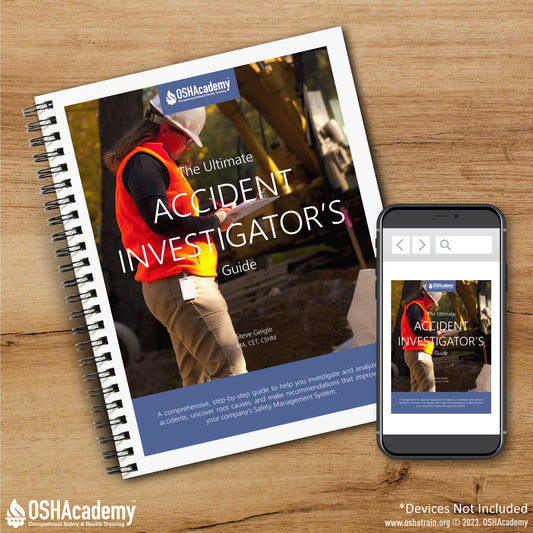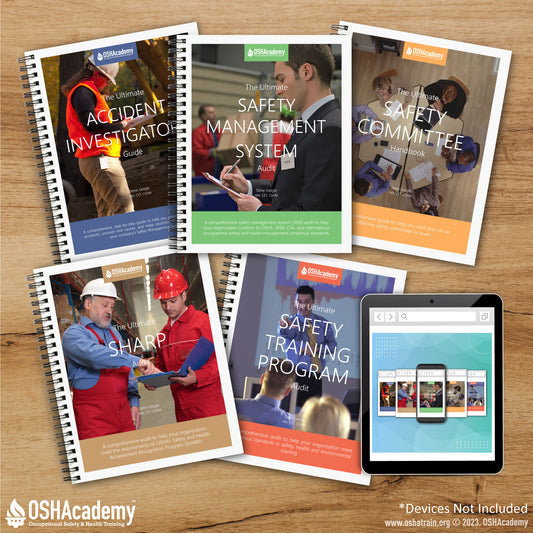
When Employees Don't Follow Safety Rules
Share
Author: Shanari Baird
Written safety procedures and rules are in place. Check. It feels like you are doing everything you can to make safety a priority within your organization. Check. Employees are following safety rules and injuries have decreased. Check. Wait, why are employees still breaking safety rules?
It’s pretty frustrating when you are a manager, supervisor, or rule-abiding employee and some employees don’t follow safety rules. The quick and easy—and most common—path of reaction is to place blame, decide they simply must not care about the rules, and label them as a pain in the you know what.
However, is this the best approach to dealing with employees who aren’t following safety rules?
Probably not, no matter how justified you feel. Low rates of compliance usually indicate the safety management system is failing in some way.
Instead of jumping to conclusions about non-compliant employees and placing blame, try asking yourself the following four questions. This will help you get to the crux of the matter and more effectively identify the root causes associated with employees not following safety rules.
1. Has the employer provided quality resources, space, work materials, PPE, etc.?
Even if an employer has written safety policies and procedures, an employer may set up employees to fail when it comes to applying those rules if adequate resources are not provided. You can talk up the importance of safety all you want, but actions speak louder than words! If PPE does not fit employees properly or an employer doesn’t provide adequate workspace, it can give employees the impression the employer doesn’t really value safety and makes employee compliance improbable, if not impossible.
2. Does the employer properly supervise employee behavior and compliance?
Okay, so you obviously don’t get paid to be a glorified babysitter, but proper and adequate supervision of employee behavior is important. Especially when it comes to safety. If unsafe behaviors go unnoticed, employees may be tempted to become lax when it comes to safety rules. They may do this for a variety of reasons, especially if not following safety rules appears to get a job done faster or easier.
3. Does the employer enforce safety rules, policies, and procedures?
This is closely tied with the previous question. If an employer notices employees breaking safety rules, but provides inadequate discipline or does nothing about it, then employees may not take safety rules seriously. The “safe way or the highway” may sound harsh, but, if an employer has truly done everything that can be done to ensure non-compliance is not a safety management failing, then employees should know that not following safety rules is not tolerated.
4. Has the employer properly trained employees on safety rules and processes?
You can’t blame and discipline an employee for not following safety rules if they haven’t received proper training. Just giving them a list of rules or procedures is not always sufficient! You may need to put them through online and/or on-the-job training to ensure employees understand how to follow a safety rule and why it is important. The WHY of the safety rule is an integral, but often forgotten, part of safety training. You should also have employees demonstrate their knowledge of a safety rule. This can be done through written or oral tests and by supervised participation.
If you answer “no” to any of the questions above, you may want to steer your wrath away from non-compliant employees and look more closely at your organization’s safety management system. Improve and correct where needed.
However, if you answer yes to all of the questions above, some of your employees may deserve a good talking to. If warnings and other forms of discipline have not worked, it may be time for you to part ways with the employee. Not only are they are a walking safety hazard who may injure other employees, but they are also a financial liability! If you value safety, you want employees who value safety, too.



